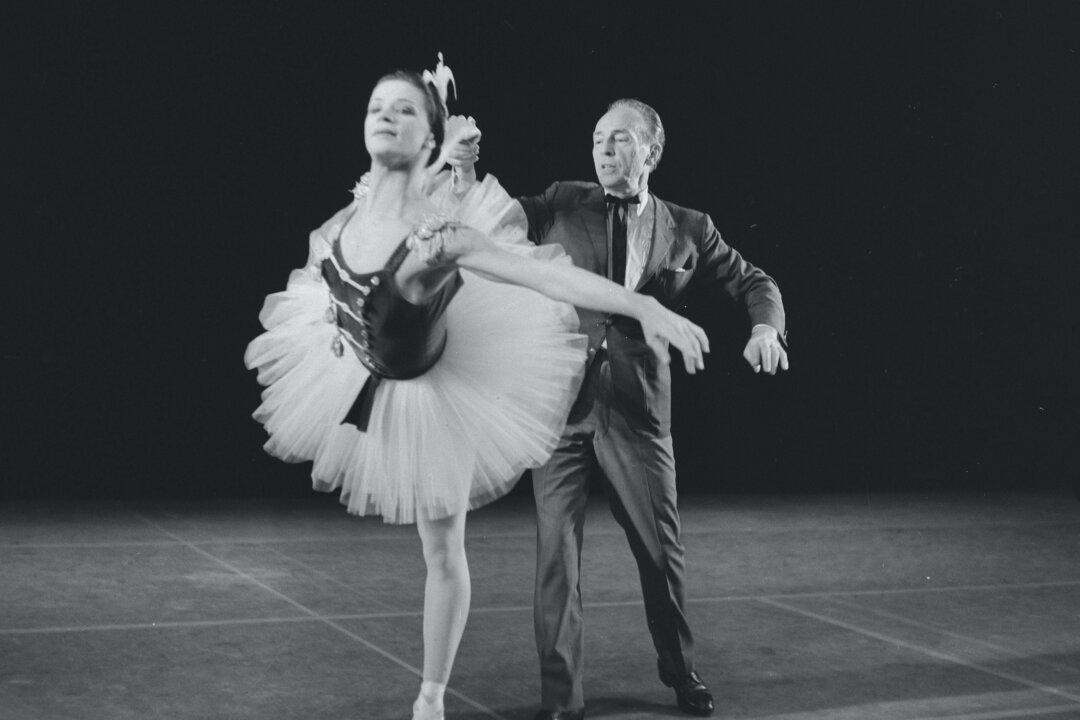Commentary
“The Nutcracker” is an annual tradition which has eclipsed “A Christmas Carol,” Charles Dickens’s perennial classic which popularized the secular celebration of Christmas. Here in Southern California, there seems to be one “Nutcracker” per square mile when you count all the studios, performing arts centers, touring groups, and professional companies. With the mania for this show which dominates the ballet world for half the year, it seems like “The Nutcracker” has been around forever.





